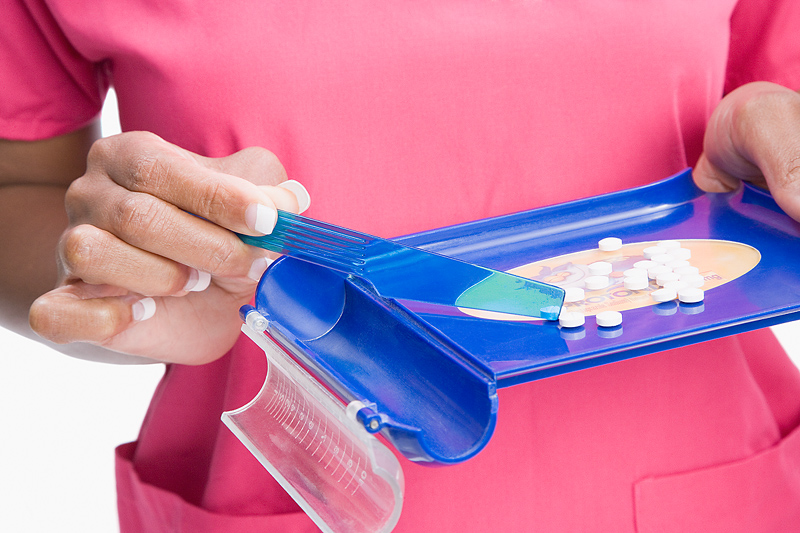
THURSDAY, Oct. 21 (HealthDay News) — Although a steroid shot can relieve the pain of tennis elbow in the short run, long-term use is less effective and might even be harmful, Australian researchers say.
“There is a high risk of poor long-term outcomes and higher recurrence rates with corticosteroid injections,” said lead author Bill Vicenzino, chair of sports physiotherapy in the School of Health and Rehabilitation Sciences at the University of Queensland.
“Other treatments, including exercise, some specific physiotherapy and possibly some other injections, should be used before corticosteroid injections,” Vicenzino said.
The report is published in the Oct. 21 online edition of The Lancet.
For the study, Vicenzino and colleagues reviewed the benefits and risks of steroid injections for treating tendinopathy in the short term, intermediate term, and long term, and in different body areas.
Their analysis of 41 studies, involving almost 2,700 patients, found that corticosteroid injections reduced pain early on — up to 12 weeks — compared with other treatments, but this beneficial effect was not maintained in the intermediate and long terms.
For example, in treating tennis elbow, a steroid injection significantly reduced pain compared with no treatment over the short term, but was no better than no treatment in the intermediate term (13 to 26 weeks) or long term (up to a year), the researchers found.
For treating a rotator cuff problem, steroid injections showed no clear benefit, they found, and 0.1 percent of those who got an injection had a tendon rupture.
When the researchers compared other treatments, patients reported short- and long-term pain relief with injections of sodium hyaluronate (Euflexxa), which is not a steroid. Also, botulinum toxin (Botox) worked in the short term, and prolotherapy, which involves injecting sugar water into the painful site to promote healing, worked in the intermediate term, the researchers found.
Not all tendon injuries are alike, Vicenzino stressed. “Care needs to be taken in extrapolating results from the effects of injections for one tendon problem to other tendon problems,” he said.
Overuse tendon injuries, which affect active young and middle-aged people, can be especially difficult to treat.
Because these injuries are not caused by inflammation, experts have questioned the use of steroids, which act to reduce inflammation. The shots cost about $300 each, according to the American Pain Society.
Commenting on the findings, Dr. Andrew Sherman, associate professor and vice-chair of the department of rehabilitation medicine at the University of Miami Leonard M. Miller School of Medicine, said “this has to be concerning to practitioners who use corticosteroid injections for tennis elbow.”
The injections may actually make patients worse in the long run, he said. “Other treatments should be considered for sure,” he said.
However, for other areas of the body, such as the shoulder, there is less evidence of harm from these injections, Sherman noted.
Dr. Karim M. Khan, an assistant professor in family practice at the University of British Columbia in Vancouver, Canada, and author of an accompanying journal editorial, said that “these data are the most comprehensive to indicate to patients that they should try to avoid having corticosteroid injections — particularly for tennis elbow.”
Khan’s advice: Avoid cortisone, give your exercise program time to work and go to a physical therapist who has experience with tendon problems.
“The failure of the magic-bullet approach evaluated by this study, leads the thoughtful patient and clinician back to the other treatment that has been proven effective for tendon problems — active exercises to load the tissue,” Khan said. “Rest is not the answer.”
More information
For more information on tennis elbow, visit the U.S. National Library of Medicine.

